re -finish white diningroom set
flowerpower1
16 years ago
Related Stories
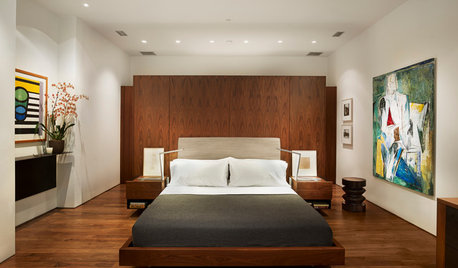
MATERIALSWoodipedia: Walnut Wows in Traditional and Modern Settings
With its rich color and lustrous polished finish, walnut is a favorite wood for all kinds of millwork
Full Story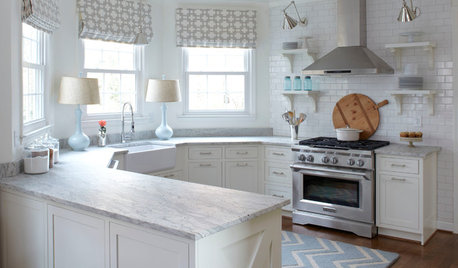
KITCHEN DESIGNHow to Keep Your White Kitchen White
Sure, white kitchens are beautiful — when they’re sparkling clean. Here’s how to keep them that way
Full Story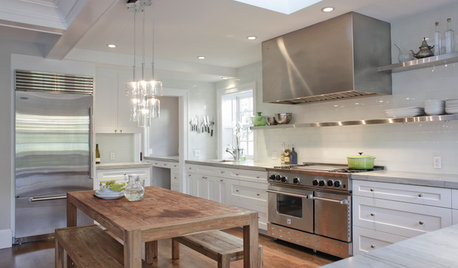
KITCHEN DESIGNCooking With Color: When to Use White in the Kitchen
Make sure your snowy walls, cabinets and counters don't feel cold while you're riding white's popularity peak
Full Story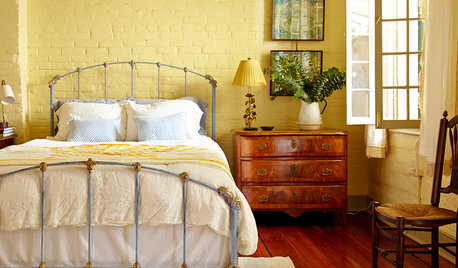
COLORSet the Mood: 4 Colors for a Cozy Bedroom
Look to warm hues for that snuggle-friendly feeling
Full Story
DECORATING GUIDESHow to Decorate When You're Starting Out or Starting Over
No need to feel overwhelmed. Our step-by-step decorating guide can help you put together a home look you'll love
Full Story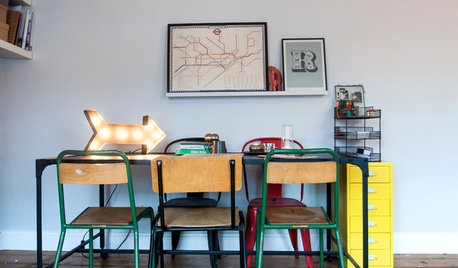
LIFEFun Houzz: 14 Signs You’re an Interiors Geek
Are you obsessed with interiors? It’s OK, you can admit it — you’re among friends
Full Story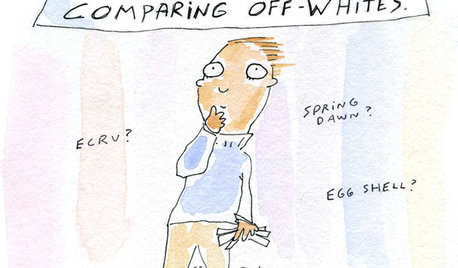
MOST POPULAR8 Clues You're a Creative Type
You always knew you were different. And if these traits fit, now you'll know why
Full Story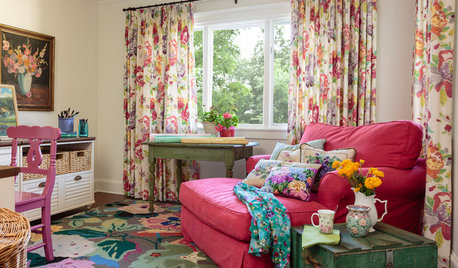
LIFEWhat You’re Reading This Summer — and Where
Check out Houzzers’ summer reading lists and get some ideas for your own!
Full Story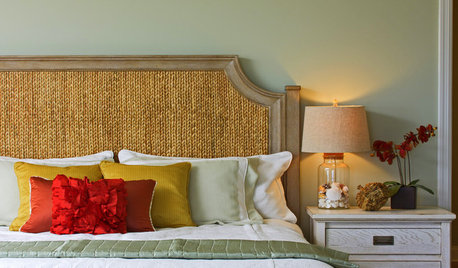
COLORHow to Add Color if You’re Color Shy
Here’s how to break into the world of color without breaking a sweat
Full Story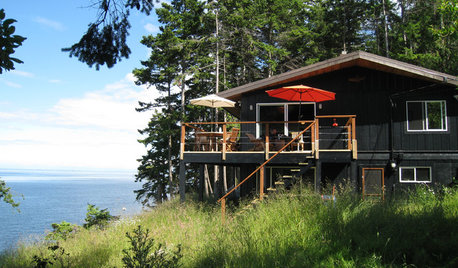
REMODELING GUIDESLove the One You're With: Honoring a Home's Original Charm
Before you jump into teardown mode, consider these 3 examples of homes whose quirkiness is a draw
Full Story








bobismyuncle
guitarmaker
Related Professionals
Lakeside Cabinets & Cabinetry · Prior Lake Cabinets & Cabinetry · Brookhaven Carpenters · Brushy Creek Carpenters · Enumclaw Carpenters · Miami Carpenters · Bridgewater Flooring Contractors · Chandler Flooring Contractors · Fort Myers Flooring Contractors · Laguna Niguel Flooring Contractors · Menifee Flooring Contractors · Whitman Flooring Contractors · Wyomissing Flooring Contractors · Tulsa Furniture & Accessories · Park Ridge Furniture & Accessoriesbobismyuncle